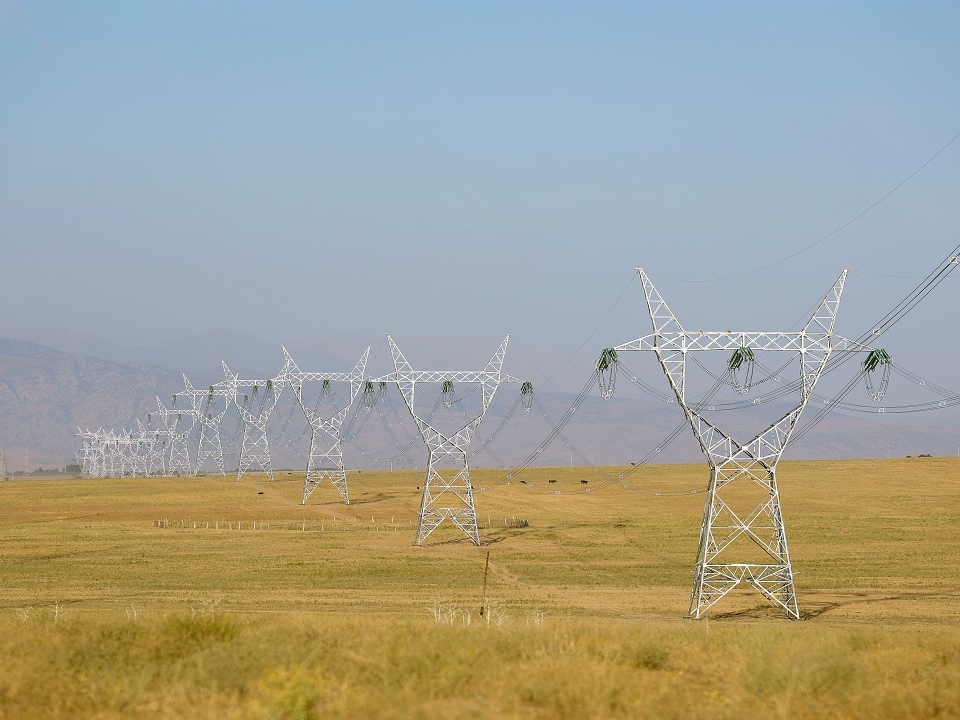CASA-1000 Project Gains New Momentum
The long-awaited revival of the CASA-1000 project is a key step in connecting the power grids of Kyrgyzstan and Tajikistan with Afghanistan and Pakistan to alleviate electricity shortages. Recently, the World Bank recommitted to supporting the Central Asia-South Asia Electricity Transmission and Trade Project after appeals from the participating nations, signaling a fresh wave of optimism. With infrastructure development in Kyrgyzstan, Pakistan, and Tajikistan nearing completion, the countries are urging the continuation of construction in Afghanistan to ensure the project doesn’t stall.
Overcoming Obstacles for Regional Energy Cooperation
Kyrgyzstan, Pakistan, and Tajikistan, in a joint statement, expressed gratitude for the World Bank’s decision, reaffirming their commitment to fulfilling the necessary conditions for the project’s progress. Although the Taliban’s rise to power in 2021 halted efforts to secure private funding, the renewed support from the World Bank offers hope. The Afghan segment of CASA-1000 will be managed through a transparent “ring-fenced” approach, ensuring that international contractors receive direct payments and maintain independence from the Taliban authority.
Powering the Future with Hydropower
Under the CASA-1000 framework, Tajikistan is expected to provide 70% of the hydropower transmitted, with Kyrgyzstan supplying the rest, according to Kyrgyzstan’s National Electric Grid spokesperson, Elzada Sargashkayeva. The project aims to deliver 1,300 megawatts of surplus hydropower to Afghanistan and Pakistan during the summer, though challenges remain, especially in terms of energy production capacity in Tajikistan and Kyrgyzstan. Both countries are reliant on the completion of key hydropower projects, like Roghun and Kambarata-1, to fully realize their energy potential and contribute to the regional grid.
